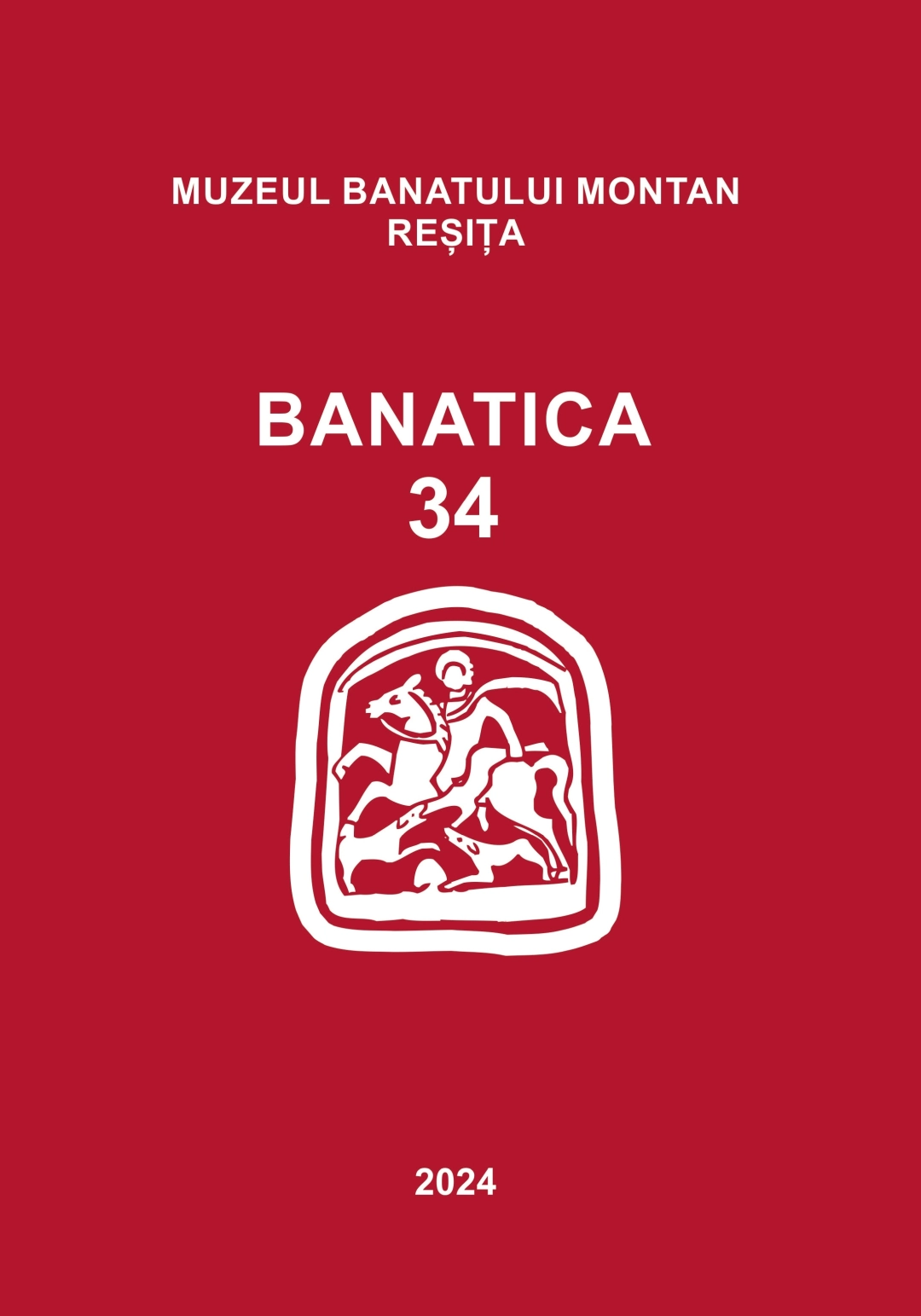Between law and custom: legal norms and practices in Romanian communities in medieval and early modern Banat
Between law and custom: legal norms and practices in Romanian communities in medieval and early modern Banat
Author(s): Adrian MaginaSubject(s): History, History of Law, Modern Age, 16th Century, 17th Century
Published by: Editura Mega Print SRL
Keywords: the Banat; 16th–17th centuries; law; ius valachicum;
Summary/Abstract: Banat is the modern name for a region that was known in the medieval period as the lower parts or partes inferiores of the Kingdom of Hungary, a frontier province situated at the crossroads of Byzantine and Western civilizations. Until its full integration into the Ottoman Empire in the mid-17th century, Banat retained a distinct set of legal practices and rules. Some documents from the 16th and 17th centuries indicate that both written law and customary law were equally used within the Romanian communities of the region. This followed a medieval tradition, as Romanian communities applied ius valachicum, but with strong influences from Hungarian customary law. At the same time, the Romanians of Banat also employed written legal norms, with a dual legal system being used in the communities of Caransebeș and Lugoj. A comparative analysis of documents issued in the 15th century and the early modern period provides insights into the evolution of legal practices in this well-defined region. These documents allow us to observe how courts functioned (the types of cases and how they were resolved), as well as how customary law was adapted and integrated into a written legal system. This practice survived in urban communities and among the nobility of Banat until 1658, when the province was occupied by the Ottomans.
Journal: BANATICA
- Issue Year: 1/2024
- Issue No: 34
- Page Range: 325-332
- Page Count: 8
- Language: English

